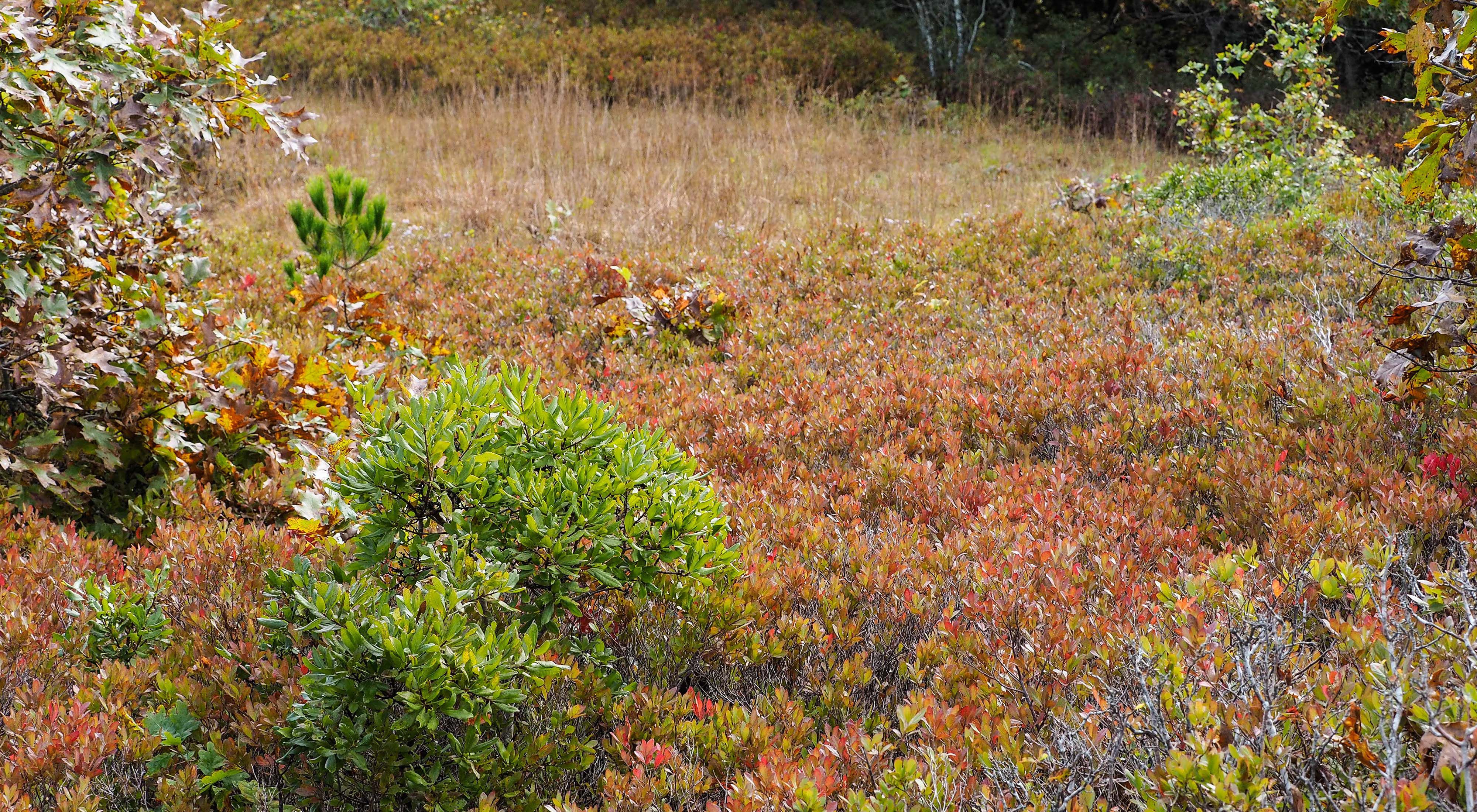Description
According to the accounts of early botanists, if you’d stood atop Montauk Mountain just a hundred years ago, you would have found yourself in a vastly different landscape. Back then, forests were found only on the lee side of hills and around the largest ponds. Instead, distinctive moorlands known as the “Montauk Downs” blanketed this and other knolls near the ocean. These attractive open landscapes, which included maritime grasslands, among the most threatened natural communities in the East, have almost disappeared. Although small, Montauk Mountain Preserve contains one of the few remaining maritime grasslands in New York and supports some of the state’s rarest plants.
Today, only a tiny remnant of maritime grassland remains. Maritime grasslands are “edge of the ice” natural communities found only on Long Island, Block Island, Martha's Vineyard, Nantucket and Cape Cod. They occur on the sandy soils deposited at the leading edge of the last glacier, under the influence of a maritime climate, with moderate temperatures, long frost-free season, ocean winds and salt spray. Over the past century, Montauk’s grasslands have been destroyed by residential development and natural succession to forest due to the suppression of wildfires.
One of the reasons Montauk Mountain is so important is that it harbors three extremely rare denizens of this distinctive and disappearing habitat: bushy rockrose, Nantucket shadbush, and New England blazing star.
History
This area was the site of Dayton’s Ruse. During the Revolutionary War Captain, John Dayton devised a crafty plan that gave the British second thoughts about coming ashore to raid the colonists’ grazing cattle. He organized the local militia to march single file, spread out across the top of Montauk Mountain and other nearby hills. Once out of sight, the men turned their coats inside out and repeated the march, giving the impression of a much larger force. The raid was prevented, and Dayton became a hero.
